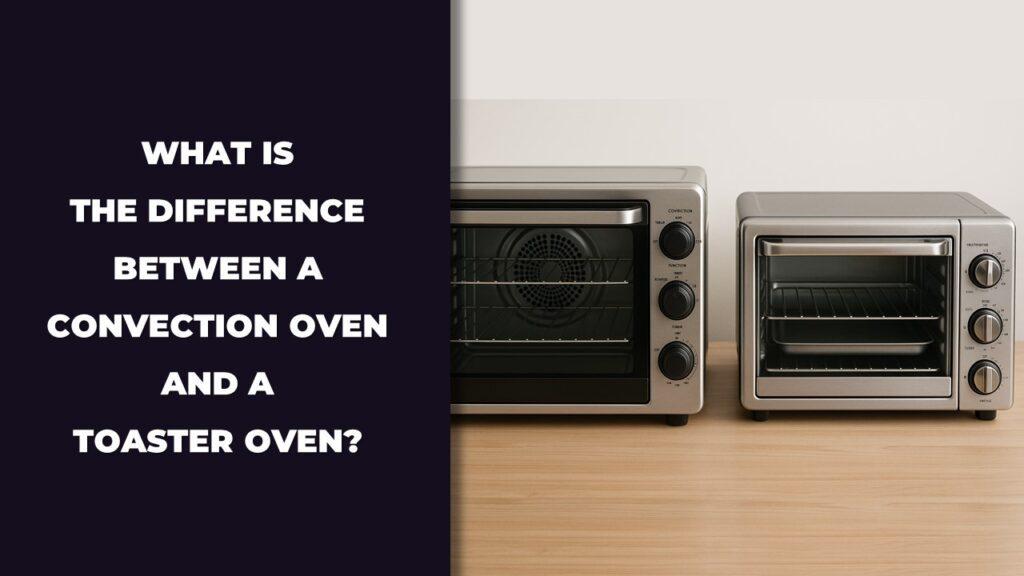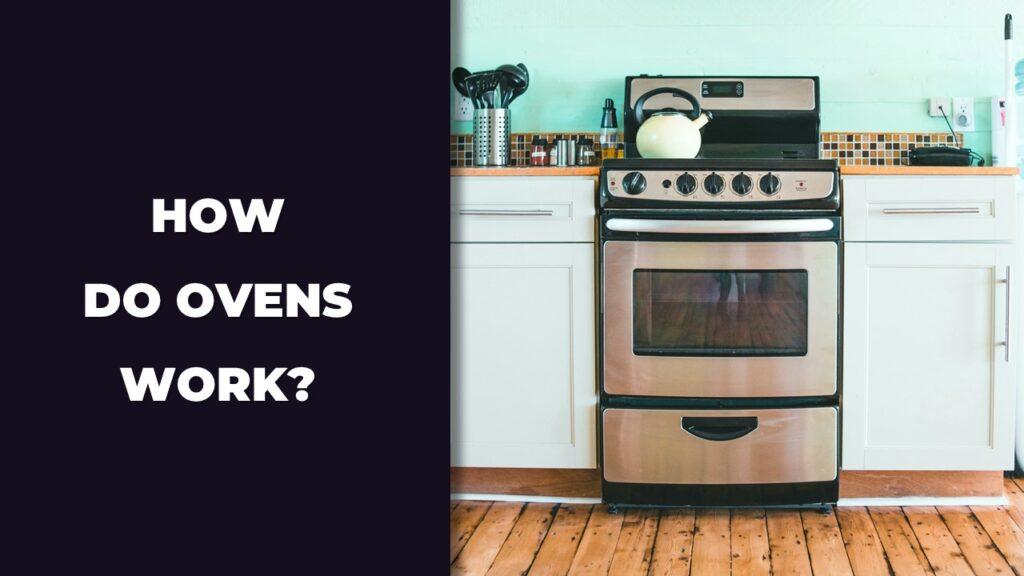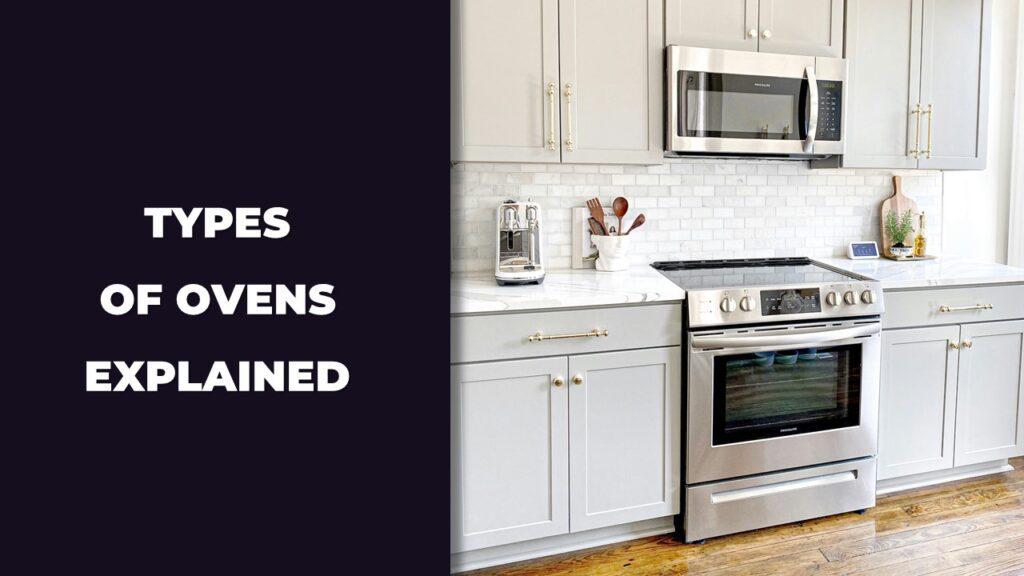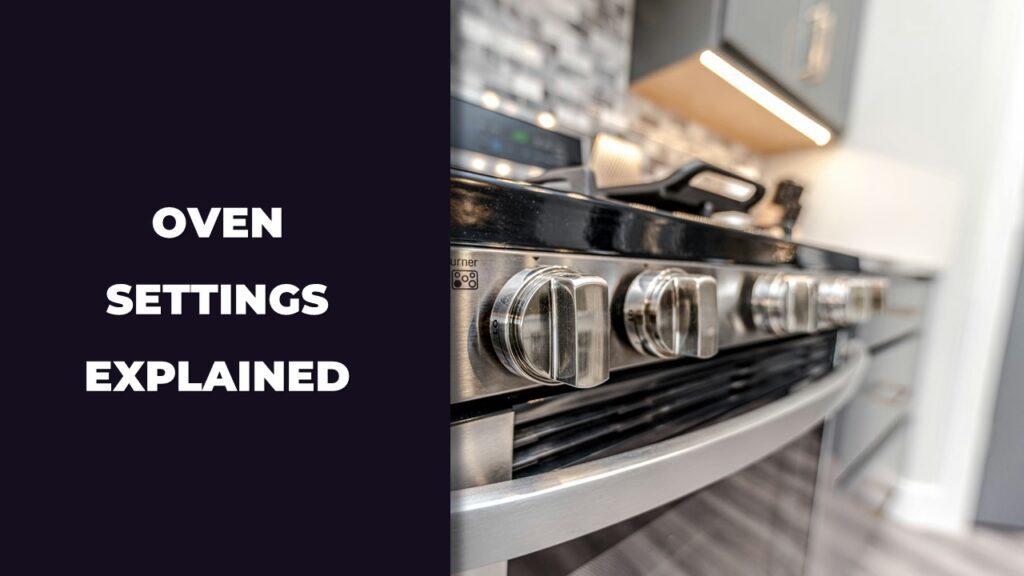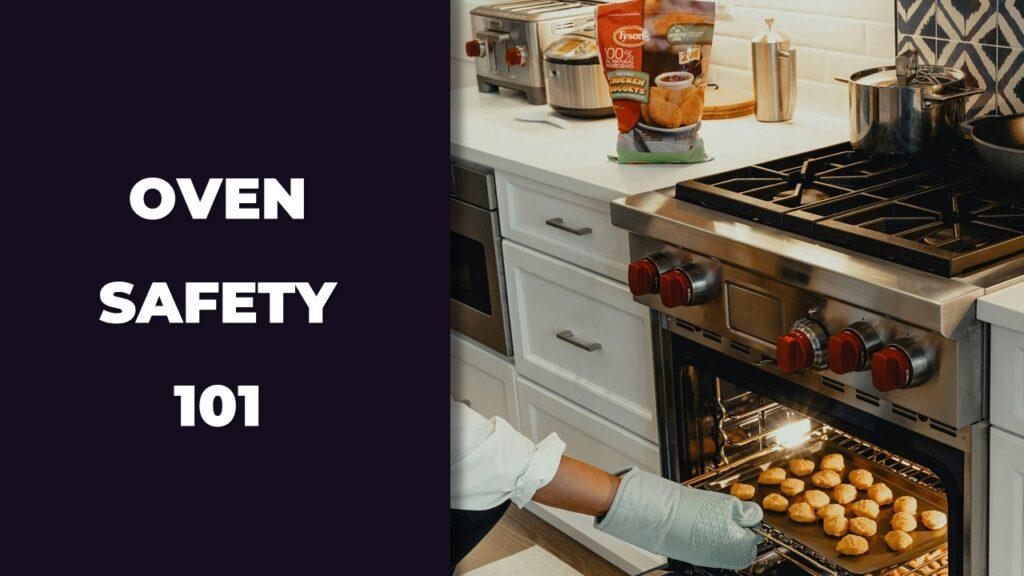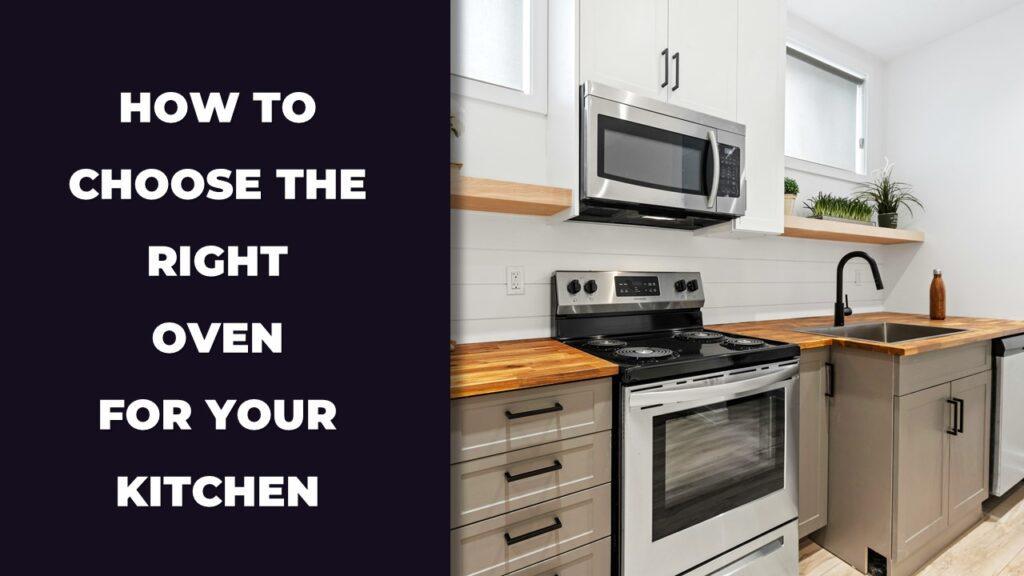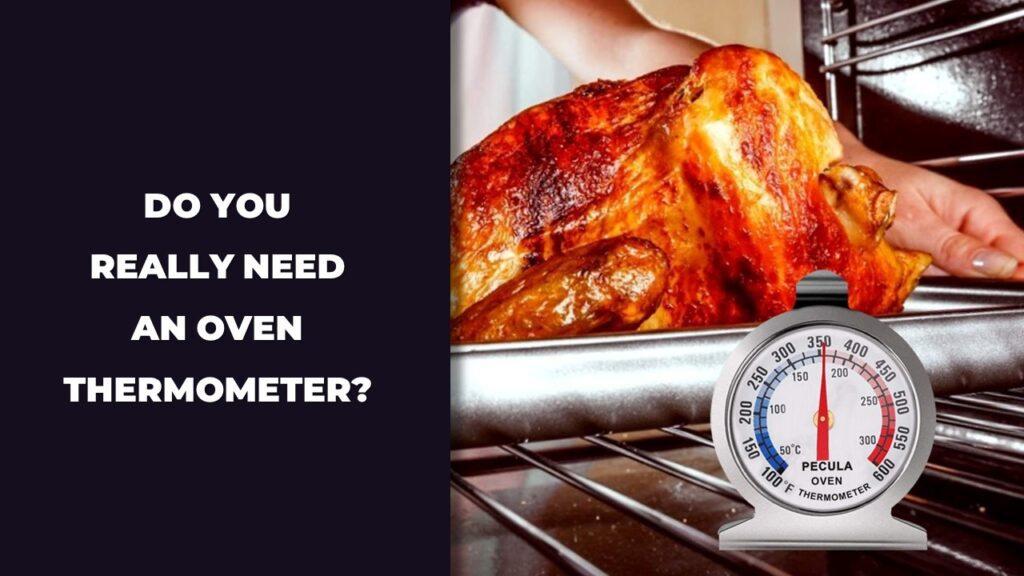
Yes, you probably do need an oven thermometer, especially if your cakes fall flat or your chicken keeps turning out dry. Most ovens aren’t accurate. They might say 350°F but actually be running at 375°F or even 300°F. That can ruin a recipe fast. An oven thermometer tells you the real temperature inside, so your food cooks the way it’s supposed to.
We’ll cover how oven temperatures work, why built-in thermostats can be off, how to test your oven’s accuracy, and when a thermometer really makes a difference. This will help you cook with more confidence and fewer surprises.
Why Oven Temperature Accuracy Actually Matters
Yes, oven temperature matters more than most people realize. Your oven might say 350°F, but if it’s really at 325°F or 390°F, that small gap can change everything. Cookies spread too far, cakes sink, meats dry out. Accurate temperature isn’t just a “nice to have” — it’s the difference between a perfect dinner and a disappointing mess.
It’s easy to assume the number you set on the dial is what your food is experiencing. But ovens aren’t that simple. They’re like people — a little unpredictable, especially as they age. Here’s why that accuracy matters so much, especially when you’re baking or roasting something that needs a little TLC.
Built-In Oven Thermostats Aren’t Reliable
Most ovens come with a built-in thermostat, but here’s the problem: it’s not where your food sits. It’s usually tucked in the back or on the side, far from the center rack. That means the thermostat might read 350°F while your pan of brownies is sitting in a 320°F zone.
And over time, thermostats get less accurate. Just like an old scale might lie about your weight, ovens can drift off by 25 to 50 degrees. Some are off from day one, especially cheaper or older models.
Baking And Roasting Need Precision
When you’re baking a cake or roasting a chicken, a few degrees can make or break your dish. Cakes rely on specific reactions happening at the right times:
- If it’s too cool, the structure won’t set, and your cake may collapse.
- If it’s too hot, the outside browns too fast, while the inside stays raw.
Roasting has the same problem. A chicken cooked in an oven running hotter than expected will look done outside but still be pink inside. On the flip side, a cooler oven might take so long that the meat turns dry before it finishes.
You’re not doing anything wrong — it’s just your oven playing tricks on you.
Temperature Fluctuation During Cooking
Even if your oven hits the right temp during preheat, it doesn’t stay there. Ovens cycle on and off to maintain heat. So when you set it to 350°F:
- It might heat up to 375°F before turning off
- Then cool down to 325°F before switching back on
That swing creates uneven cooking. Without an oven thermometer, there’s no way to know if your food is baking during the high or low point of that cycle.
Modern ovens with convection settings help distribute heat better, but even they fluctuate. That’s why using a reliable oven thermometer is still worth it.
How To Tell If Your Oven Is Lying To You
If your recipes never turn out quite right — it might not be you. Your oven could be lying about its temperature. And once you know what signs to look for, the pattern becomes easier to spot.
Many people feel confused when their cakes sink, roasts burn, or cookies stay pale in the middle. If that’s you, your oven’s actual temperature might be off by quite a bit.
Here are the signs to watch out for:
- Food Finishes Too Early Or Too Late: Your timer says 30 minutes, but the food looks ready in 15 — or still raw after 40.
- Edges Burn But Center Stays Raw: Your oven might be running hot, cooking the outside too fast while the inside lags behind.
- Cakes Collapse In The Middle: This often means your oven isn’t hot enough for the cake to rise and set properly.
- Cookies Spread Too Much Or Stay Puffy: If they melt into a puddle, it’s likely too hot. If they stay doughy and rise too high, it’s too cold.
- You Always Adjust Recipes Without Trusting The Dial: If you keep bumping the temp up or down without a clear reason, your instincts might be compensating for your oven’s inaccuracy.
- Same Recipe, Different Results Every Time: Inconsistent results are often a sign that your oven temp swings wildly during cooking.
How To Test Your Oven’s Accuracy At Home
To test your oven’s accuracy, place an oven thermometer on the center rack, preheat to 350°F, and compare the thermometer’s reading to the set temperature. If the reading is off by 20 to 50 degrees, your oven likely isn’t heating the way you expect. Testing this can save you from overcooked meat, underbaked cakes, or wasted ingredients.
Now, here’s how to do it step by step.
What You’ll Need
- Oven thermometer: A simple analog or digital thermometer made to handle high heat
- Timer or watch: For keeping track of preheat and test time
- Notebook or phone: To jot down temperature readings
- Oven mitts: For safety when moving or checking the thermometer
Step-by-Step Method
- Place the thermometer: Set it on the middle rack where food usually cooks
- Preheat the oven: Set to 350°F and wait at least 10 extra minutes after it says preheated
- Take your first reading: Without opening the door too long, read through the glass and note the temp
- Record temps every 15 minutes: Take three or four readings over 45 minutes
- Average the readings: Add them up and divide by the number of readings
- Adjust if needed: If the oven is off by 25°F or more, start adjusting recipes or settings accordingly
Types Of Oven Thermometers (And Which Is Best For You)
There are two common types of oven thermometers — analog and digital. Analog models are simple and battery-free, while digital ones are more advanced and easier to read. The best one for you depends on how precise you want to be and how often you cook.
Analog vs Digital
- Analog oven thermometer: Affordable, no batteries, hangs or sits on rack, but harder to read
- Digital oven thermometer: Gives real-time readings, sometimes tracks two temps, easier to read but needs batteries
Best Rated Options
- ThermoWorks Square DOT: Dual-channel digital with average tracking, great for bakers and multitasking
- KitchenAid Analog Oven Thermometer: Sturdy, easy to use, and consistent performance for simple needs
- ThermoPro Meat Thermometer: Tracks food and oven temp, with Bluetooth monitoring and good for both cooking and baking
What To Look For In A Good Oven Thermometer
- Accuracy range: Should be within ±5°F
- Easy-to-read display: Large dial or clear digital numbers
- Stays in place: A clip or wide base to keep it steady
- Heat-safe build: Rated up to at least 500°F
- Fast readings: Especially important for digital models so you’re not guessing
How To Adjust For An Inaccurate Oven (If You Don’t Want To Replace It)
If your oven runs too hot or too cold, you don’t need to buy a new one. You can adjust your cooking based on the temperature difference or, in some cases, recalibrate the dial or digital setting. This helps your food cook at the right temp, even if the oven isn’t perfectly accurate.
Here’s how to work around the issue:
- Offset the temperature manually: If your oven runs 25°F hot, just set it 25°F lower when cooking
- Use a thermometer every time you bake something sensitive: Especially for things like cakes, cookies, or bread
- Check your oven manual: Some ovens allow you to recalibrate the temperature setting through the control panel
- Adjust the dial on older models: Some knob-based ovens have screws behind the dial for manual adjustment
- Test again after adjusting: Use the thermometer again to see if the change brought the oven closer to target temp
- Make a cheat sheet: Write down how much your oven tends to over- or underheat so you can quickly adjust while cooking
Do You Need To Keep The Thermometer In The Oven All The Time?
No, you don’t need to keep the oven thermometer in there forever. Once you understand how your oven behaves, you can use it occasionally to recheck the temperature. That’s usually enough to keep your cooking on track.
Here’s when to keep it in and when you can take it out:
- Use it when trying a new recipe: Especially baking, where precision really matters
- Use it after moving or cleaning the oven: Things shift or change during transport or deep cleaning
- Check it every few months: Oven accuracy can drift with time, so a seasonal check is smart
- Remove it if oven space is tight: You don’t want it getting in the way of larger dishes or trays
- Don’t leave it during broil or self-clean modes: High heat cycles can damage the thermometer
- Leave it in if you’re constantly adjusting temps: It helps track if your adjustments are working
Tips For Better Oven Performance
A few simple habits can make a big difference in how evenly your oven cooks. Even with a slightly inaccurate oven, these tips help you get more consistent results without guessing.
Here’s what helps most:
- Always give it enough time to preheat: Let it go at least 10 minutes after the beep before putting food in
- Use the center rack unless the recipe says otherwise: It’s usually the most even cooking zone
- Don’t open the door too often: Each time you do, the temp drops fast, especially in older ovens
- Rotate your pans halfway through baking: This helps if your oven has hot spots
- Clean spills and crumbs regularly: Built-up grime can affect airflow and heat distribution
- Use an oven thermometer for anything sensitive: It gives you a clearer picture of what’s really going on inside
Final Thoughts
Yes, an oven thermometer is worth it for most home cooks, especially if you bake regularly or cook recipes that rely on steady, accurate heat. Many ovens run hotter or colder than the dial suggests, which can lead to undercooked meals, burnt edges, or flat cakes. A small thermometer can make a big difference in how your food turns out.
By learning how to test your oven’s accuracy and adjust accordingly, you’ll save time, money, and frustration. Whether you’re using an analog model or a digital one with advanced tracking, having a reliable oven thermometer helps you cook with confidence. It puts you back in control of your kitchen, not at the mercy of guesswork.
If your meals don’t come out quite right, it might not be your recipe or your skills—it could just be your oven. A thermometer is an easy fix and a helpful tool that’s absolutely worth having around.
Related FAQs
How Accurate Are Built-In Oven Thermostats?
Most built-in oven thermostats can be off by 25 to 50 degrees Fahrenheit. Their placement and heat cycling cause uneven readings.
Can I Use A Meat Thermometer Instead Of An Oven Thermometer?
Yes, as long as the meat thermometer is oven-safe and rated for ambient heat, it can measure oven temperature effectively.
Where Should I Place An Oven Thermometer?
Place the oven thermometer on the center rack, ideally in the middle of the oven, where food is typically cooked.
How Often Should I Check My Oven’s Accuracy?
It’s a good idea to test your oven every 3 to 6 months or before baking for holidays or special occasions.
What’s The Best Temperature To Test An Oven’s Accuracy?
Set your oven to 350°F and track readings over 30 to 45 minutes. This is a common baking temperature and good for consistency checks.
Do All Ovens Have Hot Spots?
Yes, most ovens have hot or cold spots due to uneven airflow or insulation. Rotating pans during cooking can help even things out.

At our core, we’re a group of passionate households and gardening tools and appliances users and enthusiasts. We dive deep into the world of tech, especially when it’s about your household or gardening electric items. We try to provide as much value to the readers with our information and how to blog articles as possible. For affiliate articles our honest and transparent reviews of essential tech products are rooted in real-world experience. We take great satisfaction in offering unbiased evaluations, ensuring that you can make informed decisions when investing in your desired techs.

